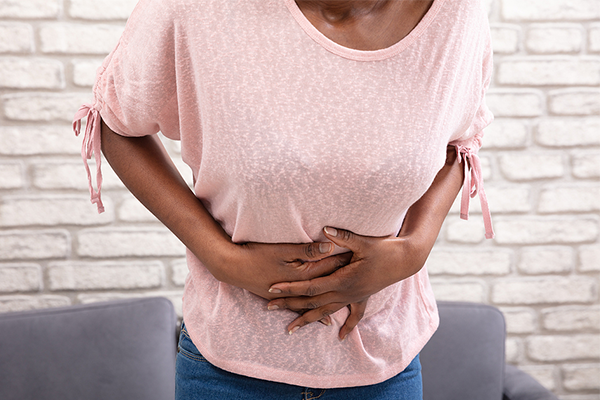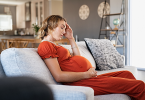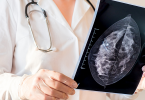Addressing Painful Periods
Most women probably agree that menstruation is not the most comfortable time of the month. However, if your period regularly causes debilitating pain that interferes with your daily life, something more serious may be going on.
Understanding Endometriosis
More than 11% of women in the United States between the ages of 15 and 44 experience a condition called endometriosis, according to the U.S. Department of Health and Human Services. Endometriosis occurs when the kind of tissue that typically lines the uterus also develops on the outside as well. Specifically, it may grow on the fallopian tubes, ovaries, outside surface of the uterus or on the tissues that secure the uterus in the pelvis. Tissue may also form in other areas, including the bladder, bowel, rectum or vagina.
Women in their 30s and 40s are most likely to experience endometriosis, which may cause a variety of symptoms, such as:
- Chronic pain in the lower back and pelvis
- Pain during or after intimacy
- Intestinal pain
- Spotting between periods
Extremely painful periods that worsen with time are another hallmark of endometriosis. The pain occurs because endometrial tissue tends to swell and bleed during menstruation, however, it does not have a path to travel outside of the body. Over time, this endometrial tissue can expand more and more, causing multiple complications. For instance, the tissue may block the fallopian tubes, lead to the development of cysts or form painful scar tissue that causes pain in the pelvis and makes pregnancy a challenge.
Overcoming Endometriosis
While there is no way to prevent endometriosis, you can lower your likelihood for the condition by minimizing the estrogen in your body. An OB-GYN at Augusta University Health can help you achieve this with birth control options, like pills or rings. Regular exercise and limiting your intake of alcohol and caffeine can also help.
If you suspect you already have endometriosis, an OB-GYN can make a diagnosis with a pelvic exam or imaging test, such as MRI or ultrasound. If endometriosis is determined, there are several treatment options that can help you find effective relief. These include birth control, medication to manage pain and surgery to remove the endometrial tissue.





